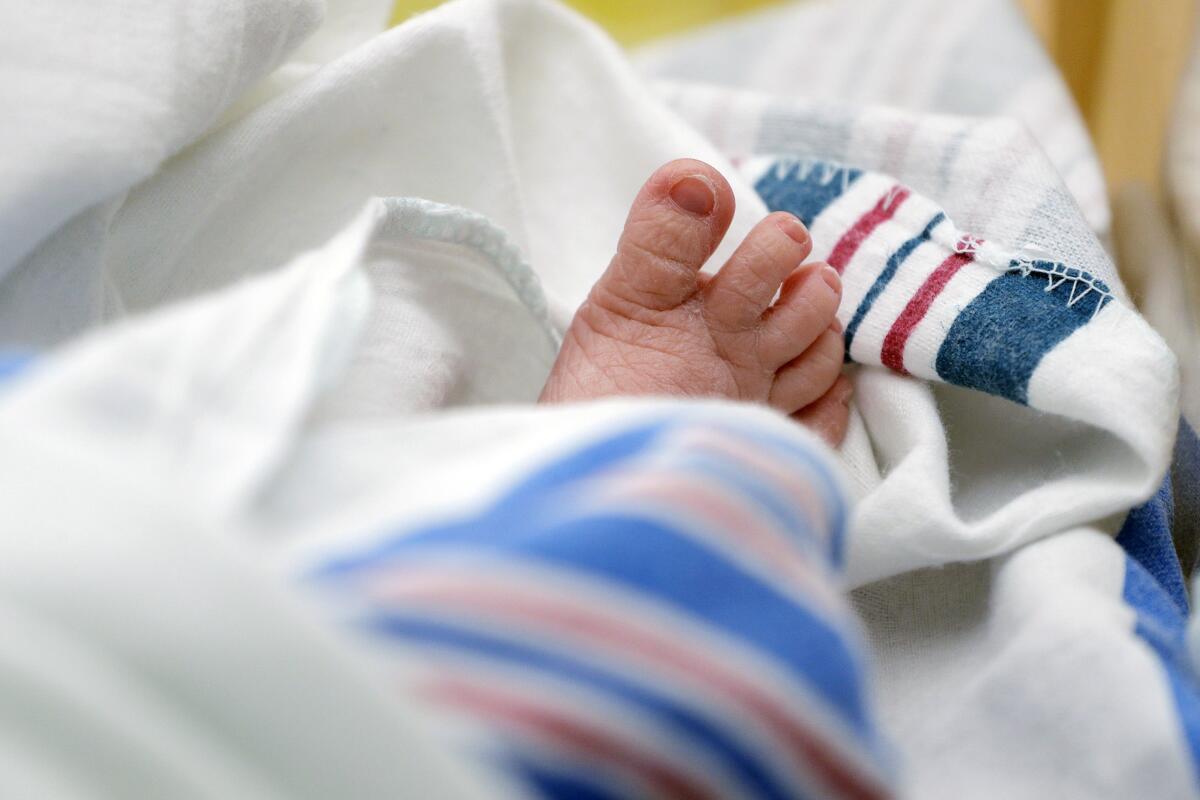In recent years, the landscape of reproductive health in the United States has undergone significant changes, particularly following the Supreme Court ruling that overturned Roe vs. Wade. This landmark decision has not only altered the legal framework surrounding abortion but has also raised critical concerns about its broader implications on maternal and infant health. Researchers have discovered alarming trends indicating a rise in infant mortality rates, particularly among infants with severe congenital anomalies, following this ruling.
The findings suggest a complex relationship between abortion access and infant mortality, emphasizing the critical importance of understanding these dynamics. The uptick in deaths among these vulnerable populations has sparked renewed debates about reproductive rights and health care access. As this issue continues to unfold, it remains vital for society to grasp the underlying factors contributing to these tragic outcomes.
Delving into the data reveals that the implications of the Dobbs decision extend beyond legalities, affecting the very lives of infants and their families. As we explore the research findings and expert opinions, it becomes clear that the repercussions of this ruling are far-reaching and demand urgent attention from policymakers and health professionals alike.
What You Will Learn
- The significant increase in infant mortality rates in the U.S. post-Dobbs decision.
- The correlation between abortion access and infant health outcomes.
- Research findings from various experts on the implications of the ruling.
- Potential long-term effects on maternal and infant health across the nation.

Infant deaths have increased in the United States since the Supreme Court ruling that overturned Roe vs. Wade and allowed states to make abortion illegal, researchers reported Monday.
The change became detectable three months after the June 2022 ruling with an elevated rate of infant mortality involving babies born with serious congenital anomalies, the researchers found.
By the end of 2023, there were six months when the death rate for infants with severe anatomical problems was significantly higher than in the years leading up to the high court’s decision. The researchers also identified three months when the nation’s overall infant mortality rate had increased.
However, neither of those rates fell below their historical range in the year and a half after the ruling in Dobbs vs. Jackson Women’s Health Organization. The findings, reported Monday in the journal JAMA Pediatrics, were seen as a clear sign that the Dobbs decision has prevented some women from terminating pregnancies that otherwise would have ended in abortion.
Unraveling The Legacy Of Alexander The Great: A Deep Dive Into His Final Years
Exploring The Life And Insights Of Daniel Stern In "Home And Alone"
George Miller's "Three Thousand Years Of Longing": A Cinematic Exploration Of Desire


